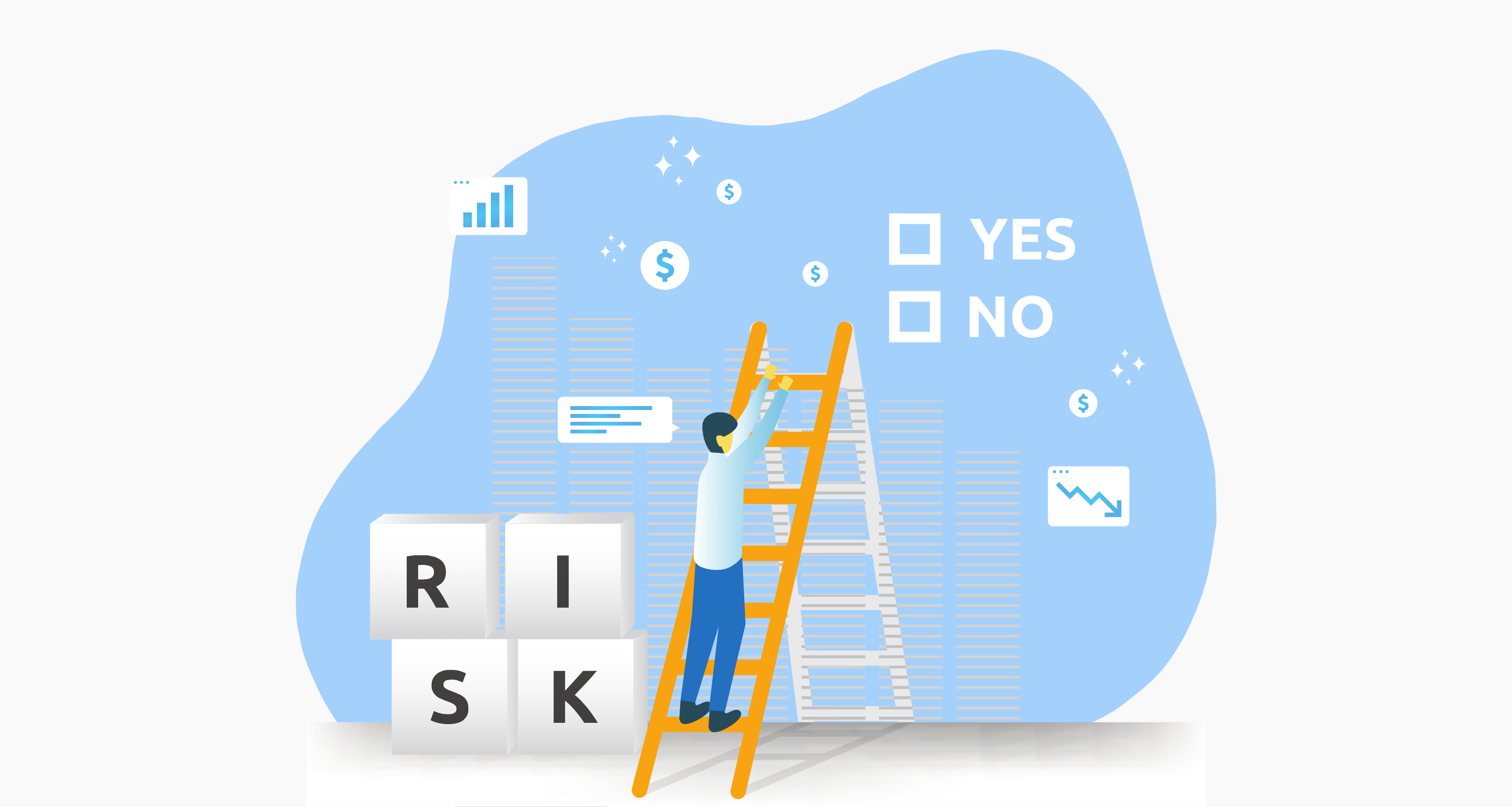Excessive administrative overhead is the primary reason for inefficiency in the American healthcare system, and that’s no secret. Systems and processes that are excessively inefficient also produce excessive financial strain. In healthcare today, systematic inefficiency equates to $1 trillion in preventable waste alone.
More compliance officers are prioritizing a solution that helps reduce this type of strain: GRC automation. With the regulatory landscape of the industry being as dynamic as it is, keeping up with the waste your business produces, following industry standards and changes, and staying compliant with expansive industry laws can get confusing and time-consuming, which means that something is bound to be missed.
Centralizing your Governance, Risk, and Compliance (GRC) processes is a simple way to streamline your compliance efforts. However, the positive changes that a good GRC dashboard presents are only possible for organizations willing to abandon their more classic compliance methods and take advantage of some of the best practices available with more automated solutions.
1. Implementing a Comprehensive GRC Dashboard
A comprehensive GRC dashboard helps solve a few fundamental problems: how better to manage security, IT, and operational risks, how to reduce costs and waste, and how to decrease the chances of noncompliance. GRC puts risk management, healthcare governance, and compliance under one roof, centralizing your efforts. However, with the proper compliance reporting and tracking tools, you can tap into the GRC framework’s purpose.
GRC automation eliminates repetitive tasks, streamlines your workflows, and helps compliance officers gain real-time insights into their risk level and overall compliance posture. However, while GRC presents several benefits, you must have a solution to host your efforts.
With the right software, your business can eliminate manual processes, reduce the potential for human error, and fully accelerate your decision-making processes while tapping into real-time data to drive them.
Automating your GRC workflows is where you start. It’s considered a best practice for healthcare-based businesses because you’re gaining access to risk assessments, continuously updating training resources, a straightforward approach to policy management, and incident reporting tools all in one attempt.
2. Using GRC Automation to Eliminate Risks That Come With High Costs
GRC automation tools aren’t only for visualizing your data and streamlining the way you make decisions. This solution also allows you to take advantage of machine learning and risk mitigation tools. These advantages help you eliminate preventable risks and the high costs that often come with them. Poor risk management can cost upwards of $100 billion, and that’s only considering the case of malpractice and areas of defensive medicine.
On the compliance side as a whole, wasteful practices and poor incident handling happen more consistently and result in the same amount of financial losses in many cases. This is why compliance officers are prioritizing GRC automation.
3. Streamlining Internal Training and Policy Adherence
A centralized GRC dashboard is meant to be seen as a command center for your business. This is where you monitor and manage all aspects of your governance, risk, and compliance-based activities. It’s also where you control all of your documentation and the insights of your data, and this does include training.
The purpose of GRC implementation is to help consolidate data from disparate sources and bring them into one interface that is intuitive and adaptive to your business and how you run your compliance training program. This means better organization, improved visuals of your remediation efforts, and more proactivity toward risk management and employee education.
The right GRC dashboard offers:
- Increased accountability
- Performance goals and metrics in real-time
- Comprehensive reporting
- Superior information quality
It also makes it easier to ensure policy adherence. Whether you need support for monitoring regulatory changes or tracking your employee’s training across their time with you, a robust yet simplified GRC dashboard is a best practice for maintaining compliance consistency.
GRC in Healthcare Presents a Variety of Challenges—But It Doesn’t Have To
Effective GRC management requires seamless integration across multiple functions. These could include risk management, compliance monitoring, and internal audits. GRC automation is the top way to achieve a seamless experience within your compliance department, but surprisingly, many departments are slow to prioritize GRC automation practices.
Whether this is due to being comfortable doing “what works” or not wanting to endure the assumed effort it takes to implement GRC management tools, your business doesn’t have to be at the same disadvantage.







